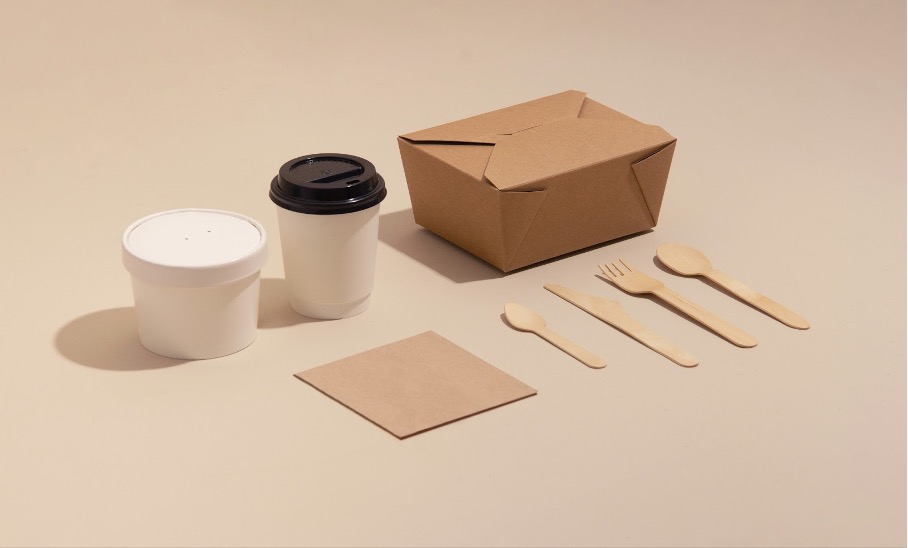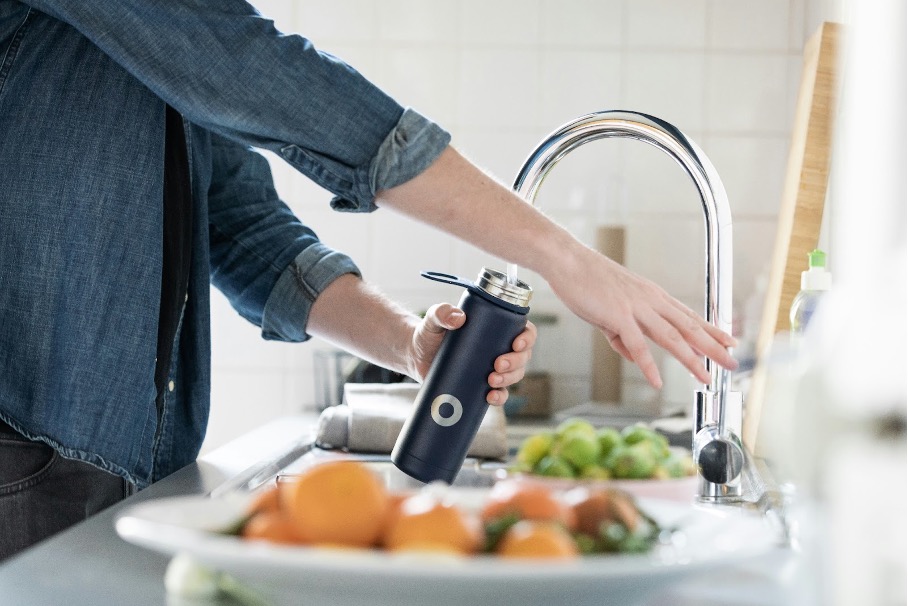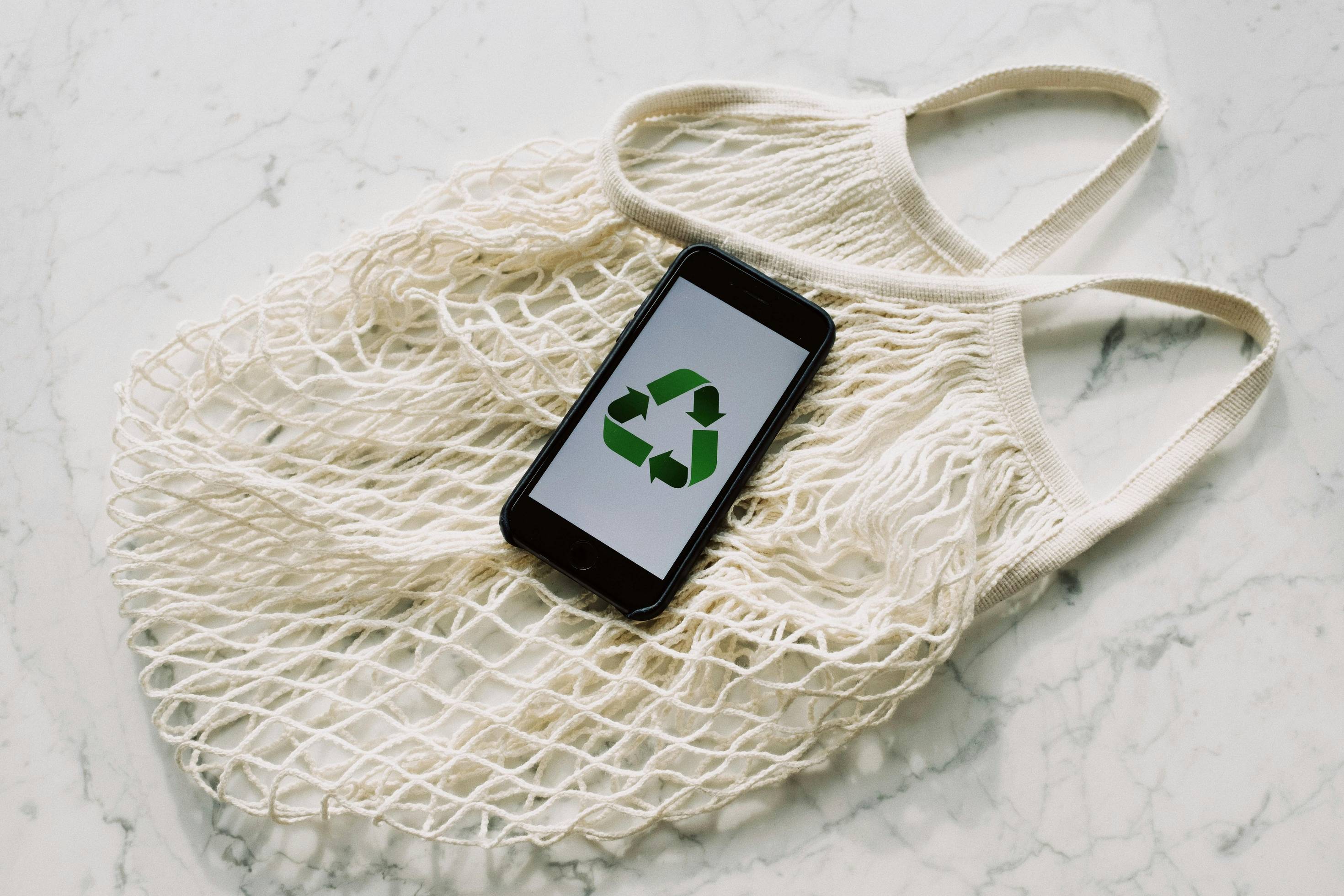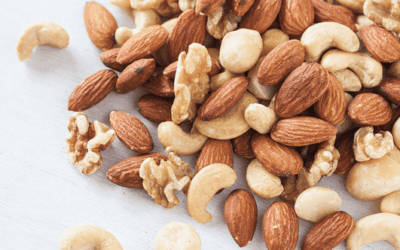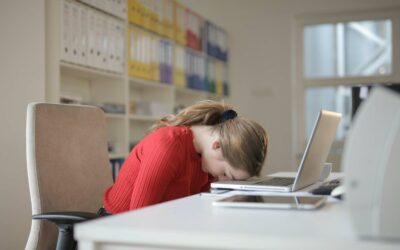Single-use packaging, widely used in the food and restaurant industries, carries hidden costs far beyond its upfront price. While it may seem cost-effective at first glance, the true environmental and economic impact of single-use packaging is significant. This article uncovers the real costs (environmental, social and financial) behind disposable packaging.
The environmental effects of food packaging
Single-use plastics are among the leading sources of pollution worldwide. In Europe, a large portion of plastic waste comes from the food sector, and its post-use management remains a major challenge for recycling systems. According to the European Commission, plastic packaging accounts for around 40% of the total plastic waste generated in Europe.
These materials require excessive resources to manufacture and emit high levels of greenhouse gases. A study from the University of California shows that producing plastic for food packaging generates large amounts of CO2, directly contributing to global warming. When mismanaged, these materials often end up in oceans, harming marine life and degrading water quality.
Plastic bottles and disposable cups are among the most polluting packaging items. Managing them is a growing concern, and reducing their use is essential. Water used during production and the emissions from transportation significantly increase their carbon footprint.
The economic impact of single-use packaging
Beyond the environmental burden, disposable packaging creates hidden financial costs for both companies and consumers. Plastic production requires large quantities of raw materials and energy, driving up long-term costs. According to a WWF report, the hidden cost of disposable items may reach billions of euros each year due to pollution and waste management.
Ignoring these costs can damage a brand’s reputation and lead to financial losses. Some major companies, like McDonald’s, have already started investing in greener solutions, replacing plastic packaging with cardboard, paper or even reusable options in some countries.
Sustainable alternatives: reducing the impact
More companies are turning to eco-friendly solutions to replace single-use packaging. One such option is the returnable packaging system.
Companies like Loop have implemented systems where reusable containers are collected, cleaned and reused, cutting down the need for new plastic production. These initiatives prove it’s possible to adopt sustainable consumption without sacrificing business viability.
In France, new regulations and waste reduction policies have promoted ecological alternatives. Restaurants like Burgers & Co have switched to reusable packaging and encourage customers to bring their own containers. Brands like BottlesUp are now offering eco-friendly, reusable bottles, cutting down plastic use throughout their supply chains.
Businesses in the food industry are also recognizing the value of switching to reusable solutions. Cardboard, glass and return systems are gaining popularity. For instance, some food service companies now use deposit systems for bottles and containers, proving that sustainability can work alongside service quality.
New strategies for packaging management
In addition to adopting green alternatives, some companies are redesigning products to reduce packaging from the start. Food industry leaders are investing in durable materials like recycled cardboard and glass to reduce their packaging footprint.
Recycling and reuse strategies extend product life cycles and lower pollution from constant manufacturing. These efforts are part of a broader, more responsible production model and a shift toward sustainable consumption.
A collective shift is needed
The real cost of single-use packaging goes far beyond its purchase price. Its environmental impact, contribution to pollution and harm to ecosystems highlight the urgent need to rethink how we use plastic in food and restaurant industries.
Eco-friendly alternatives such as deposit systems, reusable products and improved recycling offer practical ways to reduce plastic waste.
The future depends on our ability to change consumption habits and adopt practices that protect the environment, reduce pollution and lower the carbon footprint of packaging.
Published on 09/05/2025
